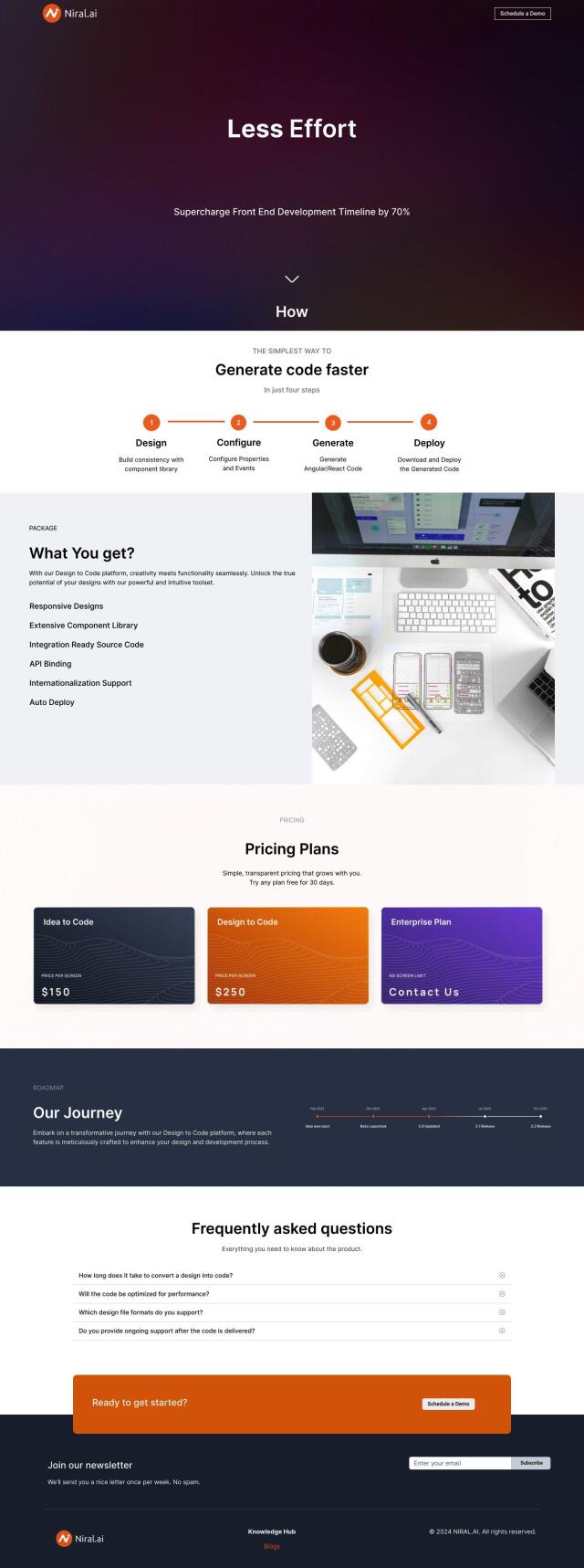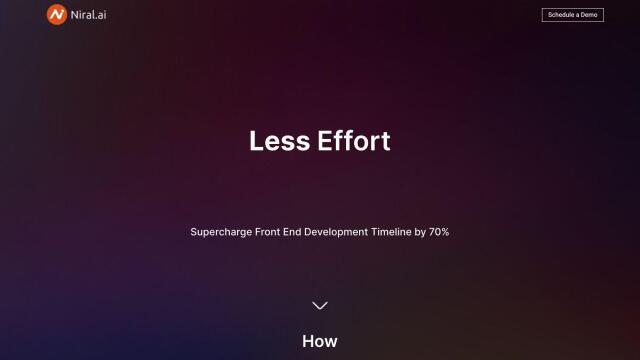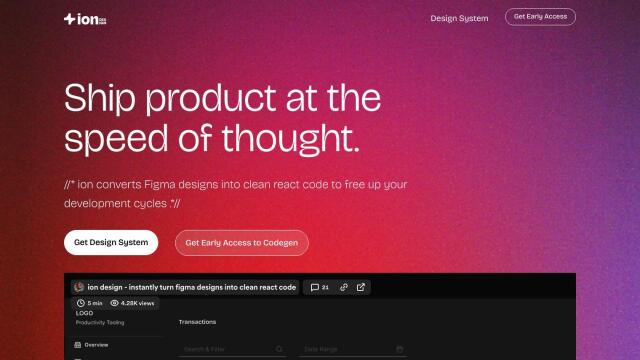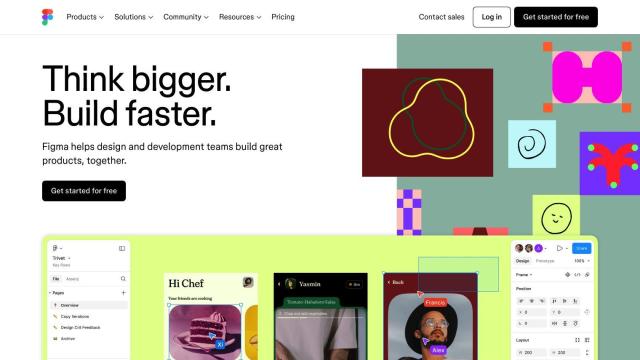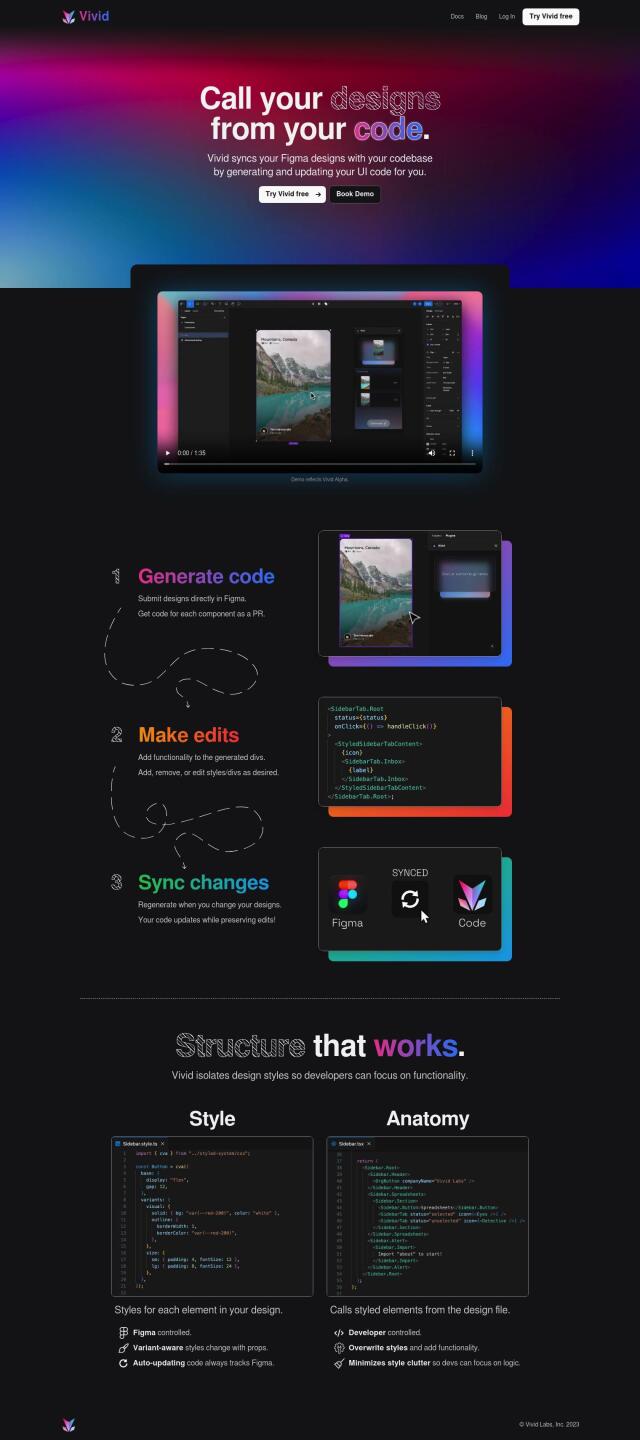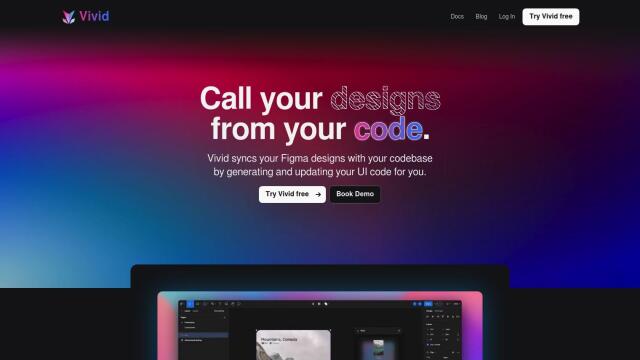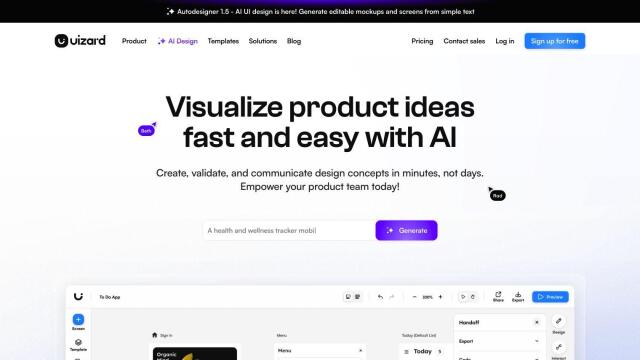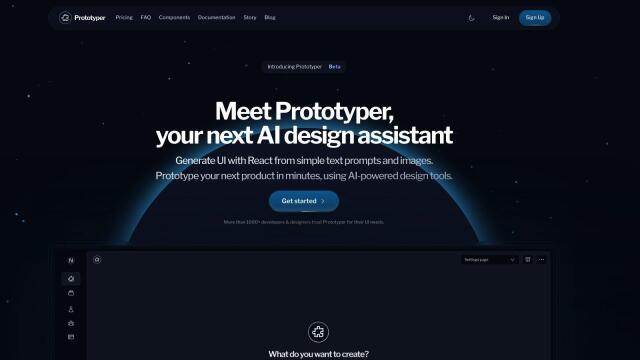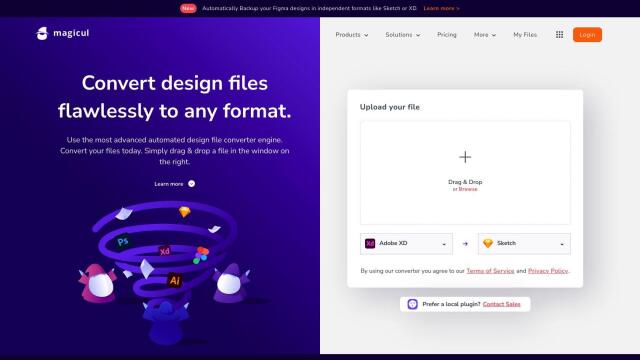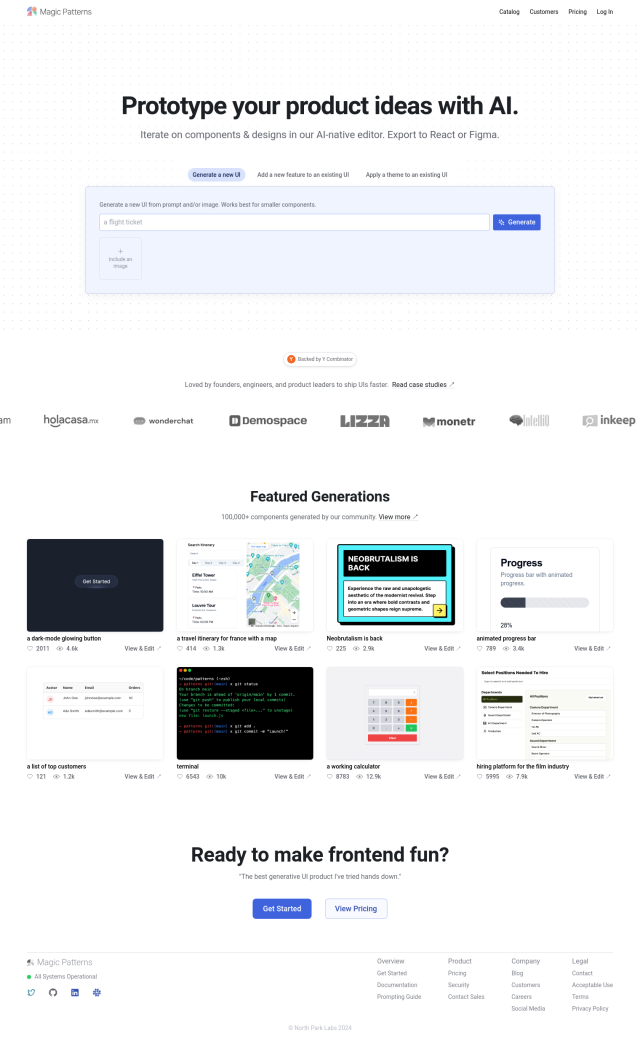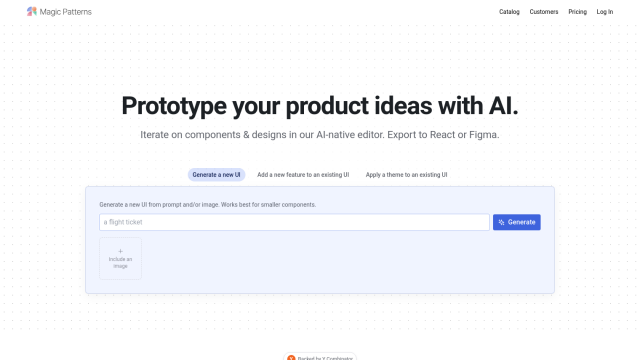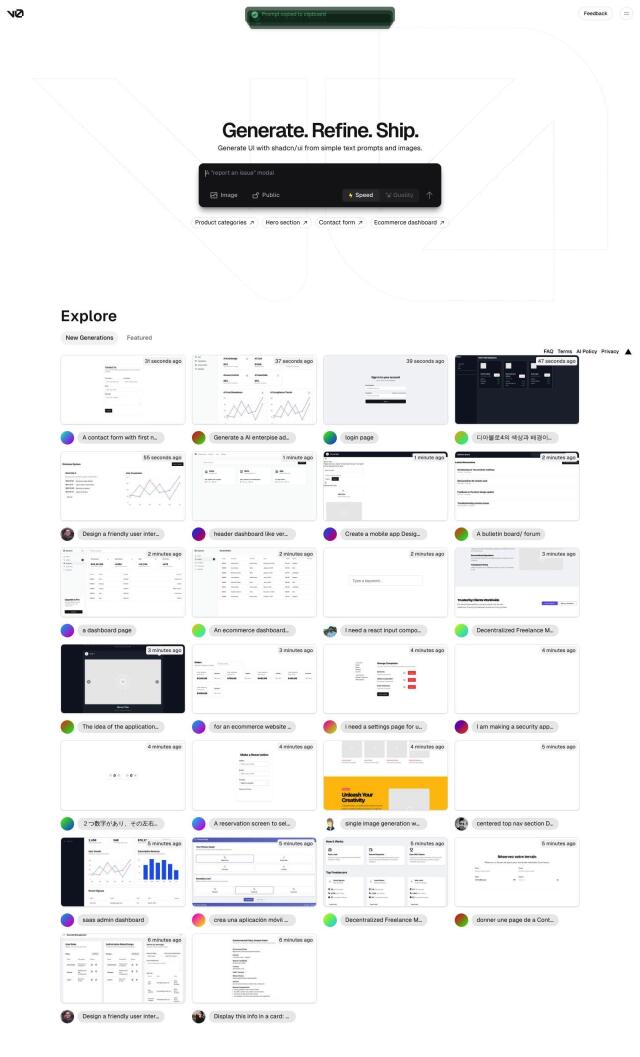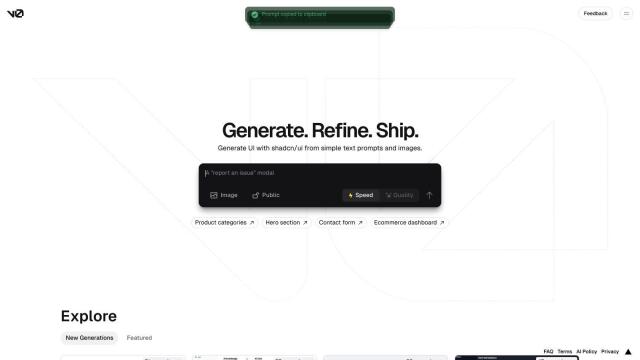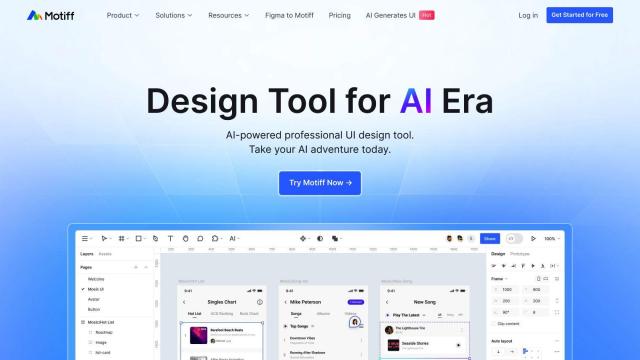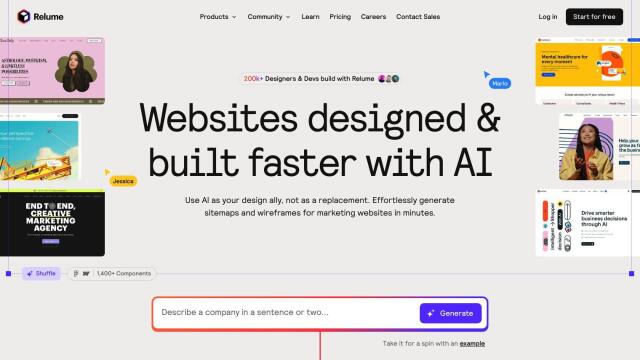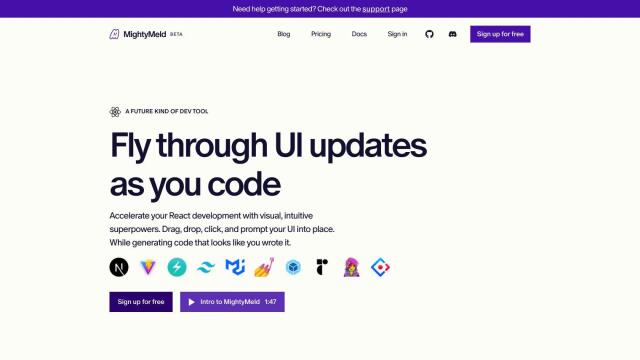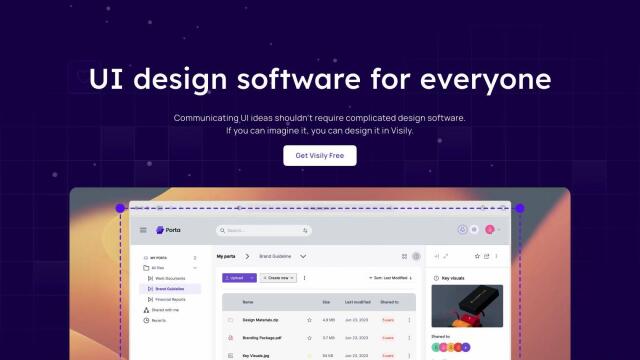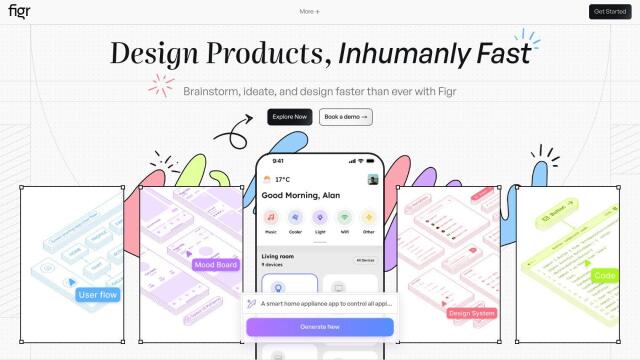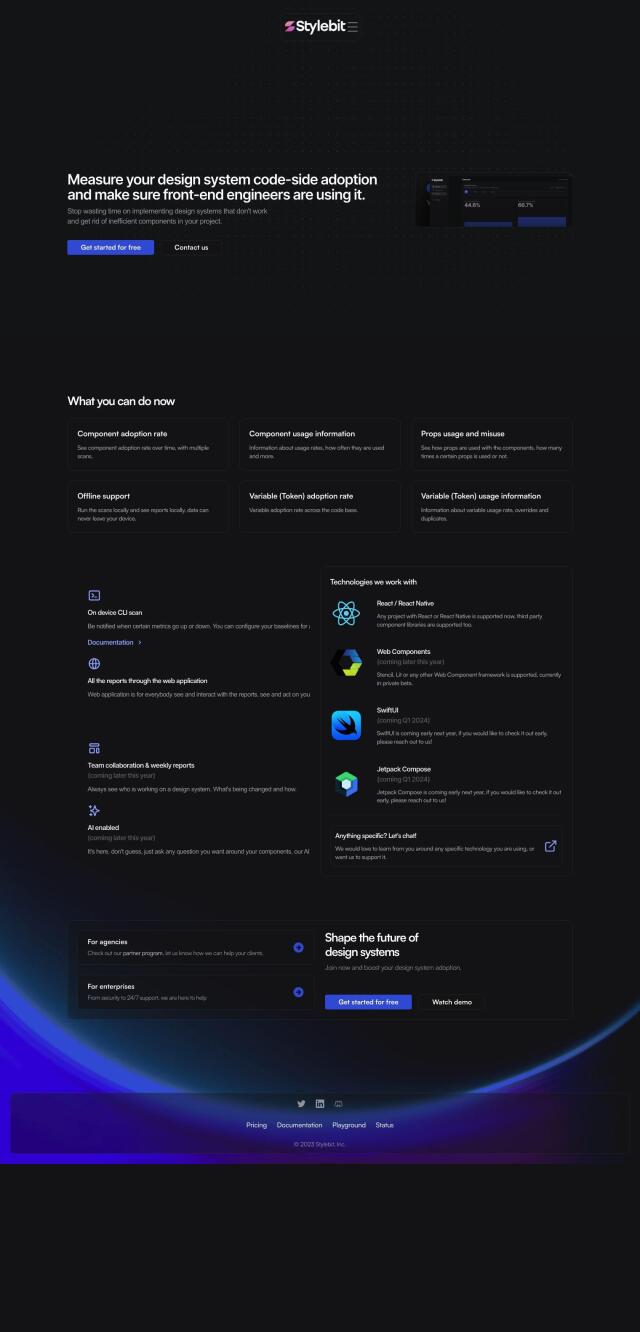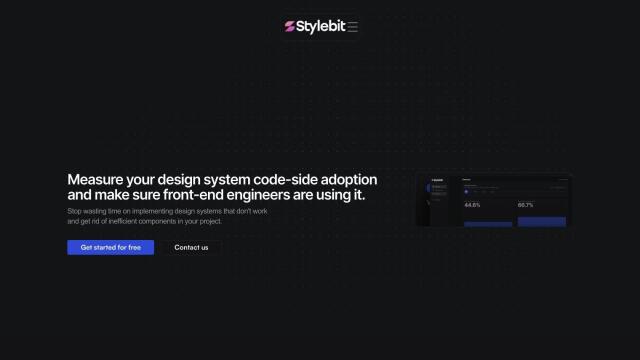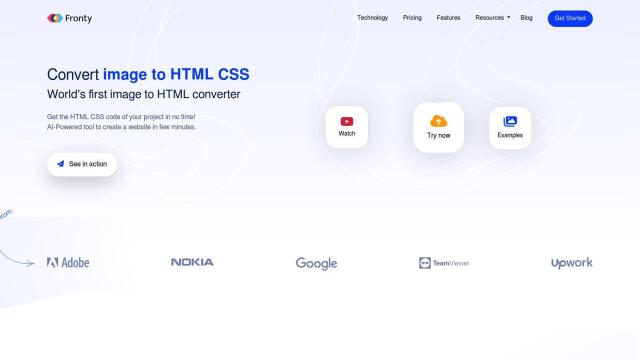Question: I'm looking for a solution that can generate entire sets of components from design files, ensuring they're type-safe and conditionally rendered.


Bifrost
If you're looking for a tool to generate entire collections of components from design files, and make sure they're type-safe and conditionally rendered, Bifrost is worth a look. It converts Figma designs into type-safe, conditionally rendered React code, and supports frameworks like Tailwind and Chakra. The tool can generate entire collections of components, and can be used to generate new components when design changes are made, so it's good for developers and designers.
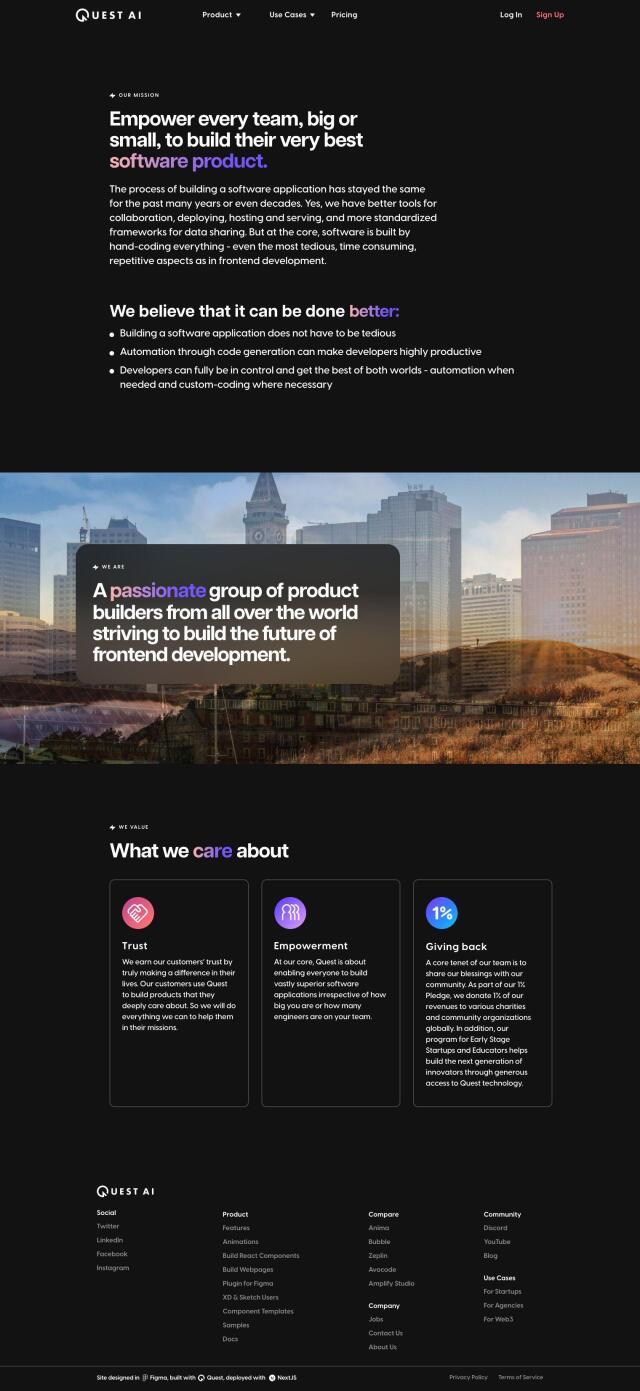

Quest
Another good option is Quest, which also converts Figma designs into React components. It can generate responsive, multi-screen experiences with clean, modular code. Quest uses AI models to generate useful code and supports design systems and component libraries. It includes features like Figma to Code, Animation Library, and Clean Code, so it's a good option for development teams.

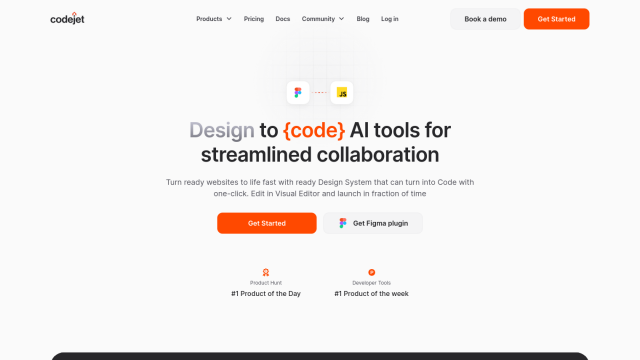
Codejet
If you want a more collaborative approach, check out Codejet. It bridges the gap between designers and developers by converting designs into working code. Codejet has a central Design System with 100+ styles, components, and templates in Figma. It also has AI Code Generation and a Visual Editor to let you tweak the generated code visually. The platform can dramatically accelerate your workflow and improve collaboration.

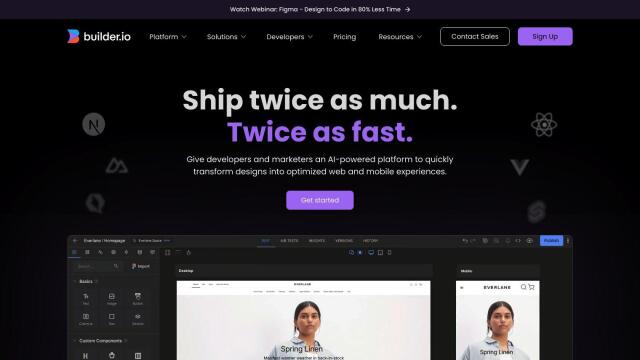
Builder.io
Last, Builder.io is another tool that converts designs into web and mobile experiences as fast as possible, using AI to convert Figma designs into code. It's got a Visual Copilot to refine AI-generated code, a drag-and-drop visual editor for real-time collaboration, and support for frameworks like React, Vue and Angular. With component mapping for content delivery, a global CDN and an asset manager, Builder.io is designed to help teams build digital experiences faster.


